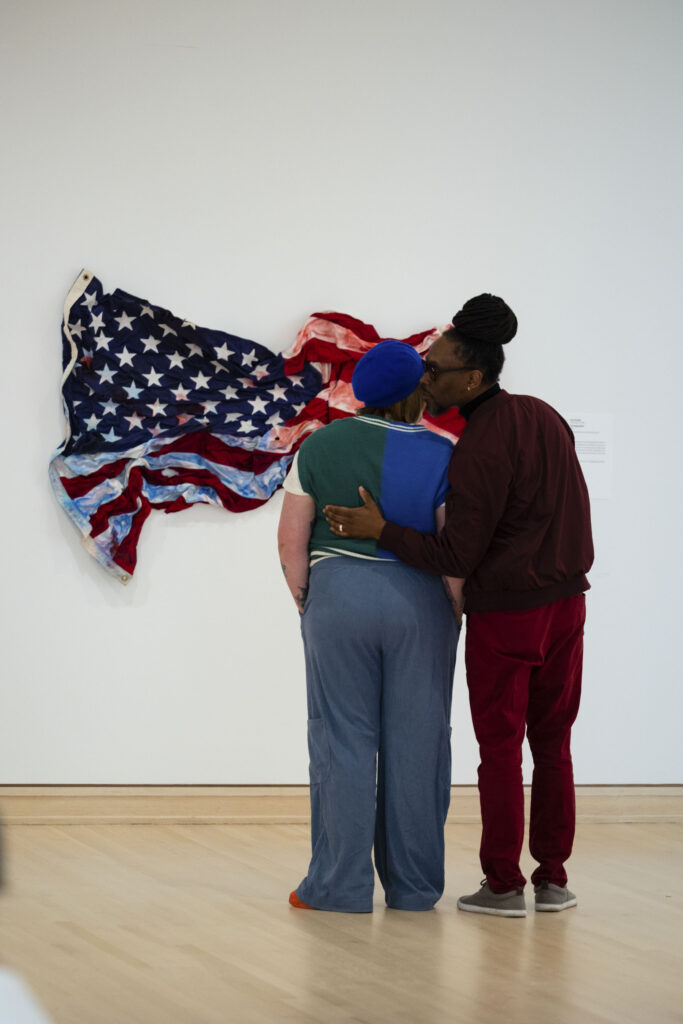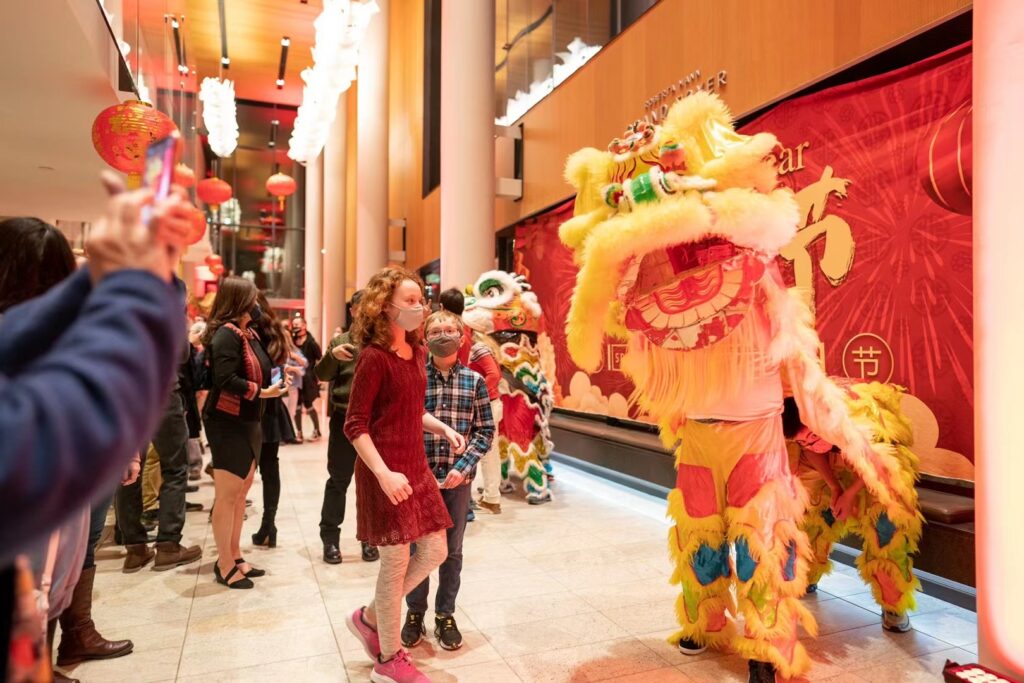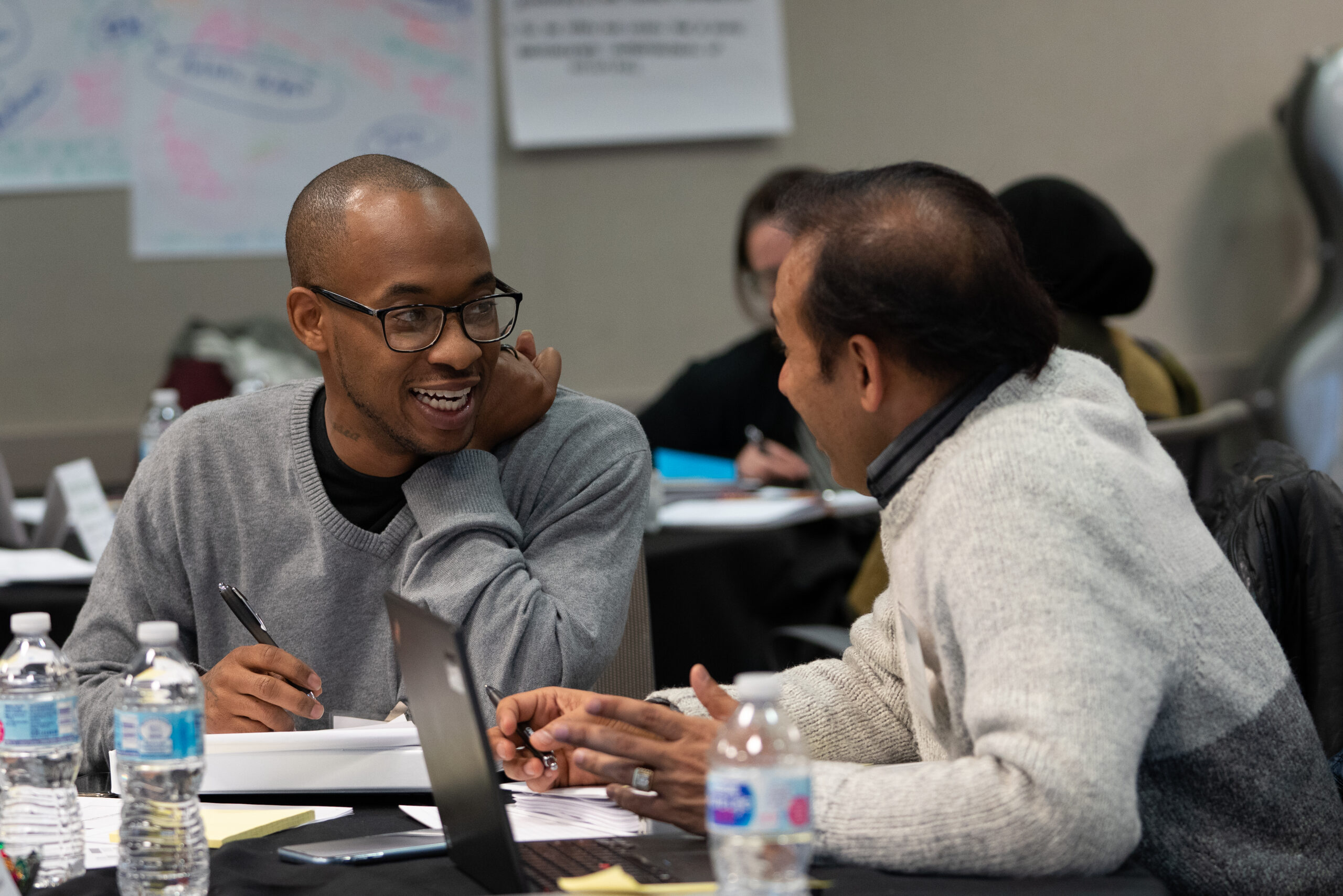New to Creating Connection?
Get started with the key findings from our formative research and then explore what those findings might mean for the way in which you create messages, programs, and outreach strategies that align with what audiences care about most.
Dig in to the data
While there has been considerable research done to date around the benefits of engaging in creative activities, the question about their relationship to existing values has not received as much attention in previous research efforts. So, in 2014 Arts Midwest embarked on a multi-phase, national research project that would help us identify and understand these public values and craft messages that could begin to change expectations around creativity.
Explore the five primary findings from our research below and download the full Creating Connection research report for all the details on our theory of change, the findings from qualitative and quantitative research, and excerpts from our focus groups.
1. Connection
Connection emerged as the driving motivator for people to embrace arts, culture, and creativity as part of their everyday lives. It offers the most effective platform to engage new and existing stakeholders in participating in and advocating for arts and culture. People define connection in four ways: connecting to family and friends, connecting with communities and the world around us, connecting with our cultural heritage, and connecting with ourselves.
Connecting with family and friends
Connecting with family and friends is the primary and most powerful bridge between arts and culture and what people care most about in their daily lives. For parents of young children, it gives them the opportunity to create lasting memories. For many adults, it can reduce social isolation and build stronger relationships.

Connecting with the community and world around us
Connecting with the community and world around us is a concept that embraces key values around learning, self-improvement, voice, and inclusion. Americans acknowledge that authentically experiencing the creative expression of other cultures teaches them something they did not know, and helps them better understand and appreciate differences.

Connecting with cultural heritage
Connecting with the community and world around us is a concept that embraces key values around learning, self-improvement, voice, and inclusion. Americans acknowledge that authentically experiencing the creative expression of other cultures teaches them something they did not know, and helps them better understand and appreciate differences.

Connecting with ourselves
Connecting with ourselves is rooted in the core value of health and well-being. Many Americans believe that arts, culture, and creative expression offers a powerful platform for people to understand who they are and what is important to them, and that engaging in those experiences can help reduce stress and find balance.

2. Creative expression
Our research found that creative expression is a more resonant term than arts and culture because creativity is broadly defined—it can include everything from problem-solving at home or at work to the inspiration that results in the creation of art. Conversely, “arts and culture” is perceived by the public as narrower in scope, encompassing “fine arts” and “high art”, but not as likely to include some of the everyday activities that would fit under the label “creativity.”
Both terms – creative expression and arts and culture – can eventually lead to a conversation about the benefits of arts and culture in our lives and communities. But a “creative expression” lens will expand participation in that conversation.
3. Benefits
Our research found that people believe that the benefits of engaging in or experiencing creative expression are related to their quality of life: increased happiness, reduced stress, improved health, and more time spent with family and friends.
When asked what would be different if we had more opportunity to express or experience culture in our lives, respondents indicated a range of personal benefits that span concepts around growth, voice, well-being, and happiness.
If we had more opportunity to express or experience arts and culture, we would…
4. Audience and Stakeholders
Our research found that the audiences who value arts, culture, and creativity most include: millennials, people of color, women of all ages, and parents of younger children.
In identifying these audiences, we sought people who hold values consistent with arts, culture, and creativity being part of their everyday lives, even if they are not currently participating in formal arts activities or do not self-describe as an arts enthusiast.
5. Barriers
Researchers have been studying and documenting barriers to arts participation for years. Through those inquiries, they have identified both practical and perceptual barriers to engagement with formal arts experiences: most notably, time, money, and lack of companionship.
Our research validated these barriers for both formal and informal engagement with creative activities and offers new insights into the kinds of experiences that will — and won’t — align with public values and interests.
To the extent you would like to [engage in creative activities more often], what gets in the way?
Key Takeaway: offer interactive experiences
In addition to these primary research findings, our study revealed that many people find that the arts and cultural experiences available to them are too passive for their liking.
While there is no question that many people enjoy the opportunity to experience arts and culture from their seat in an audience or the bench in an art gallery, our priority audiences are looking for more opportunities to engage actively in creating or experiencing art. Their inability to find or access these opportunities tends to reinforce the perception that arts and culture are not relevant in their own lives.
What’s next: Breaking down barriers
When the public perceives arts and culture as elitist or as a luxury, it decreases their motivation to prioritize those activities. Thus, our challenge is to position creative expression as central to our lives by showing how it is aligned with existing, core values. That effort will require that the arts and culture field pursue a series of strategies:
- Explore and offer active opportunities for audiences to connect with one another
- Identify and support efforts to increase access to creative expression outside of formal arts experiences
- Demonstrate how connecting through creative expression can reduce social isolation and improve social cohesion
